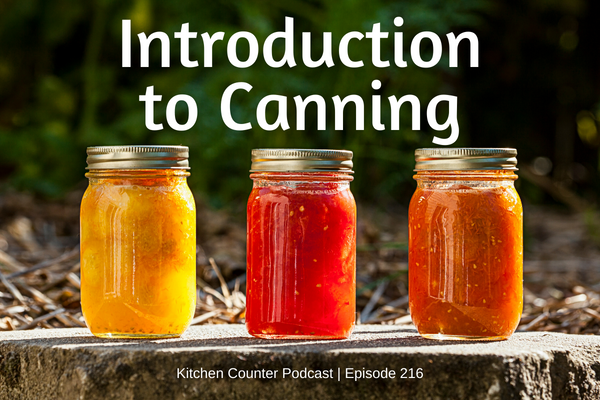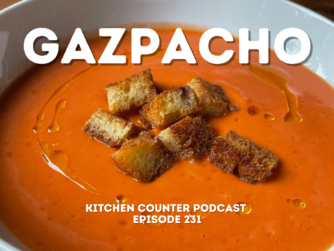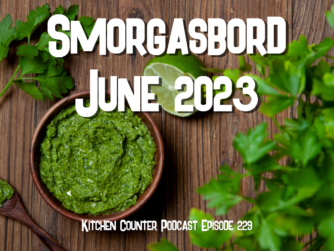
Preserving food by canning can be an extremely rewarding pursuit. It can also seem complicated, mysterious, or even a bit scary to anyone who has never done it. In today’s episode we take a high-level look at canning, including basic concepts, equipment, and the importance of using trusted, tested safe recipes.
Mentioned in this Episode
One of the most important things you need to know about canning is where to find trusted, tested recipes. Canning isn’t something you can improvise or “wing.” Where can you find good, safe recipes? Here are some of my favorite resources:
The USDA’s Complete Guide to Home Canning – A completely free resource and has everything you need to know to start canning.
Oregon State University Extension Service – Home Food Preservation – Your local university extension office can be an excellent source for canning information, especially when it comes to using ingredients local to you.
The Ball Blue Book Guide to Preserving – One of my favorite resources, and usually my first stop when I am checking on something canning-related. The book goes through revisions every couple of years, and this latest edition is from 2020.
Information on food pH (acidity). If you are following a good recipe, you’ll have all the info you will need on the acidity of the food you are working with. But if you want a handy chart that shows common foods and where they fall on the pH scale, here’s a good page from Clemson University full of useful info.
How does altitude affect canning processing? South Dakota State University has all the details for adjusting your processing for altitudes over 1,000 above sea level.
Equipment
Jars: Ball makes excellent jars and canning accessories, and their website is also a fantastic canning resource! Kerr jars are great too (they are both owned by the same parent company).
If you are going to be serious about canning, you should look at some useful tools (many come in a kit like this one), like jar lifters, funnels, headspace tools, measuring spoons and cups, etc.
Water bath canning kits: Many will include tools and accessories in addition to the pot and rack. But if all you need is the vessel and rack, a graniteware option is relatively inexpensive.
Pressure canners are a bit more expensive, but either a simple weighted gauge canner or an adjustable pressure canner will work great. Many can even double as a hot water bath canner.
Connect with the Kitchen Counter Podcast
The Kitchen Counter Podcast is a proud member of Nitty Grits Podcasts.
Subscribe for free at the following podcast portals:
Apple Podcasts
Google Podcasts
Stitcher
iHeart Radio
Spotify
Instagram: https://www.instagram.com/kitchencounterpodcast/
Facebook Group: https://kitchencounterpodcast.com/group
Facebook Page: https://www.facebook.com/kitchencounterpodcast
Twitter: @TKCpodcast
Email:
fe******@ki*******************.com



